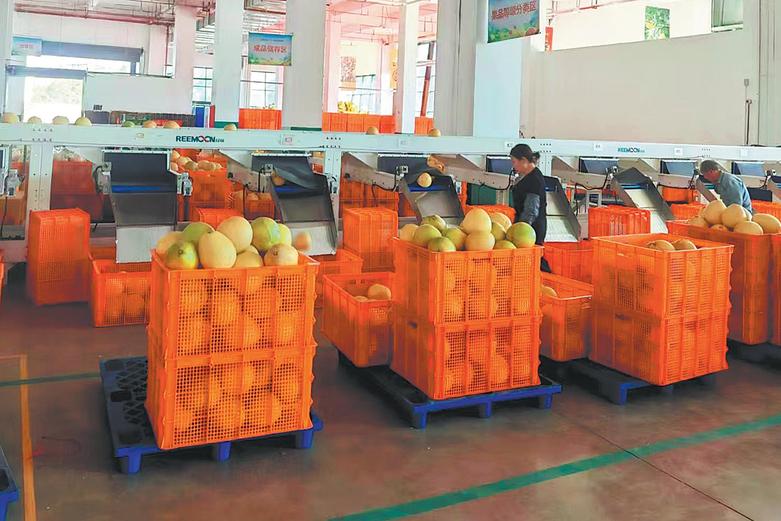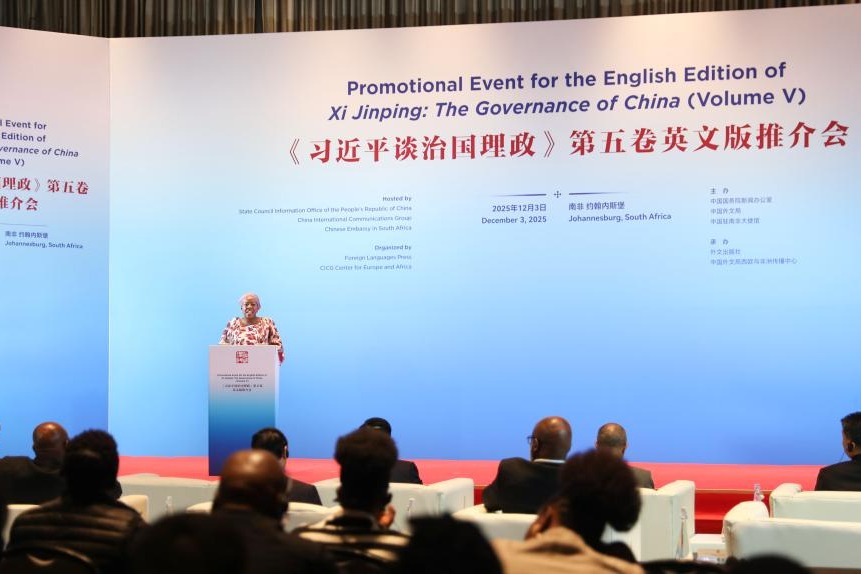Power from above benefiting rural villages


A 'gold mine'
"The villagers are growing morels and other plants such as Disylium racemosum (an evergreen shrub or tree)," said Cai, the State Grid Corp employee. "The previous low riverbank has been turned into a 'gold mine'."
Jiandong has received 34,000 yuan each year from State Grid Corp for the land lease. In addition, the farmers who work part-time cleaning the solar panels are paid 26,000 yuan a year, said Fu Qingsong, the village's Communist Party of China secretary.
From 2013 to 2015, China allocated 24.78 billion yuan to extend power grids to areas without electricity, benefiting some 1.55 million people. It carried out an independent solar photovoltaic power supply project, providing electricity to 1.19 million people. By the end of 2015, China had achieved electricity coverage for its entire population.
Poverty alleviation through solar photovoltaic power generation is one of the top 10 targeted poverty alleviation projects in China.
In November 2013, during an inspection tour to Central China's Hunan province, President Xi Jinping visited Shibadong, an ethnic Miao village labeled "poor" at the time.
It was during this visit that he proposed a targeted approach to addressing poverty.
Reviewing the overall situation, Xi determined that China had entered the most difficult stage of relieving poverty, and the root cause of every household's destitution needed to be identified before targeted approaches could be formulated.
"We should seek facts from truth; guidance and development must reflect the local conditions," Xi said. "This is what I mean by targeted poverty alleviation."
Starting in 2014, China's rural poverty alleviation and development shifted to a model of comprehensive, targeted poverty alleviation that was implemented throughout the entire process of identifying the impoverished, arranging targeted programs, utilizing capital, taking assistance measures, contacting officials in charge of poverty elimination, and conducting reviews of poverty alleviation.
The government has strengthened power grid building and operation services, and it has promoted various photovoltaic poverty alleviation projects, which are funded by the government and implemented by enterprises.
The photovoltaic power program has contributed greatly to the country's poverty reduction efforts, according to a white paper released by the State Council Information Office in April last year.
In rural areas with the appropriate resources and suitable conditions, the Chinese government has funded the construction of power stations, which are owned collectively by local villages.
The income created by the power stations is used entirely for poverty alleviation purposes.
As of the end of 2020, 100,000 villages had photovoltaic power stations, generating a total of 18.65 million kW of electricity and bringing an average annual income of 200,000 yuan for each village, the white paper said.
The earnings have been used to create public welfare jobs, fund small public welfare programs and offer small bonuses and subsidies, according to the white paper.
The clean energy projects established in rural areas of the country have not only brought income for villagers, but also have improved the environment, fueling rural vitalization.
In September 2021, Zigui in Hubei province made it to the list of the National Development and Reform Commission-led national project aimed at installing photovoltaic panels in every town of certain counties. Zigui got an investment of 280 million yuan from the central government for this.
Cheng Jian, director of Zigui's development and reform bureau, said some 40 percent of schools, hospitals and village committee facilities should have photovoltaic panels, as well as around 20 percent of local residential buildings.
Zigui, which encompasses the easternmost portion of the Three Gorges of the Yangtze River, was a poor county for a long time. Installation of photovoltaic panels helped lift people in the county out of poverty. In April 2019, Zigui was removed from the list of poor counties.
























